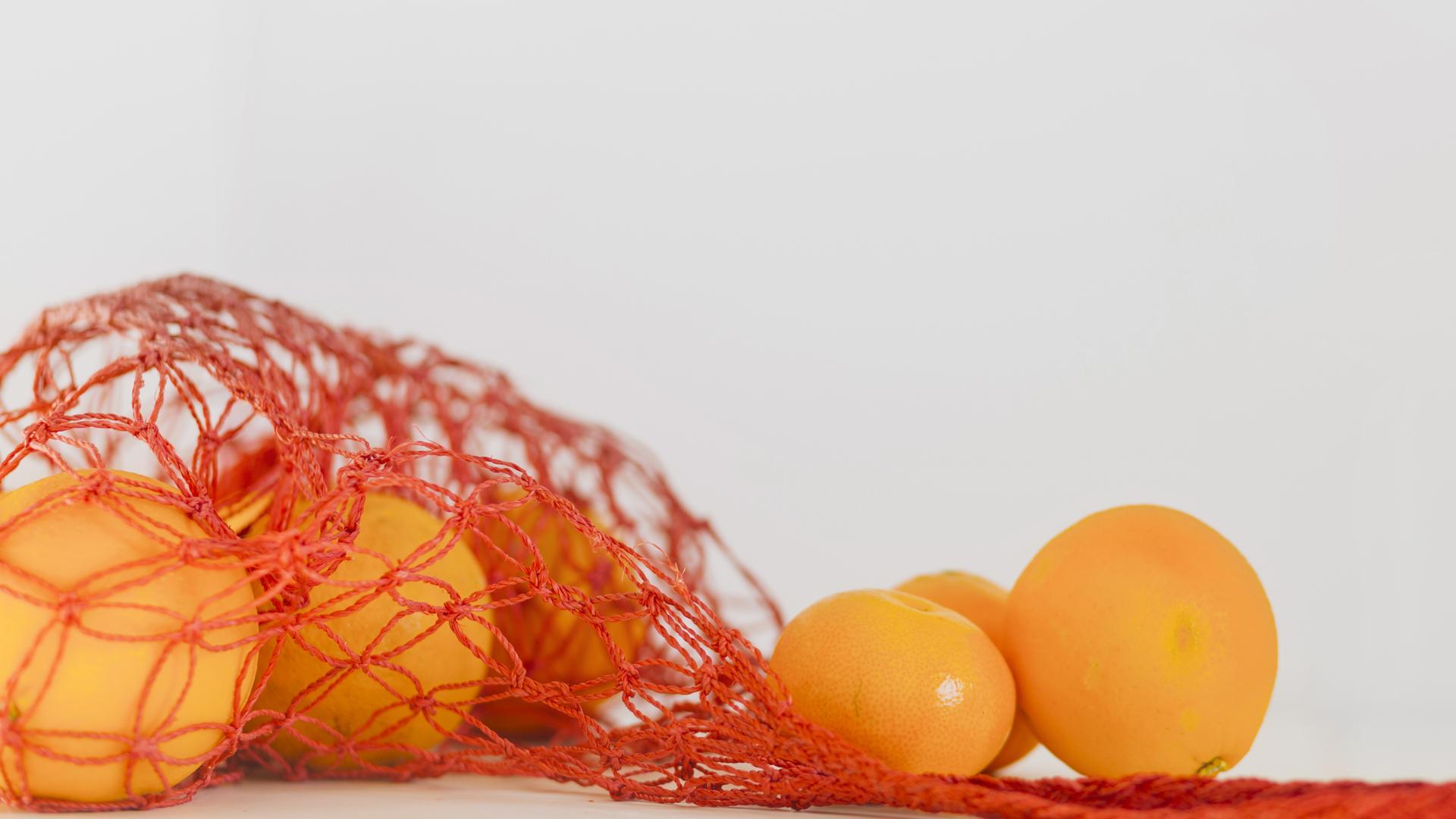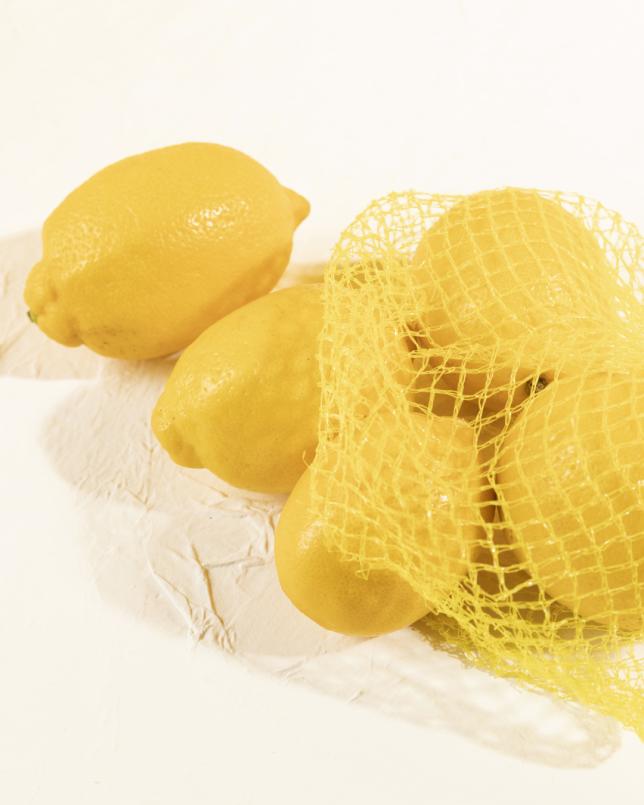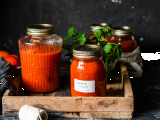The secret behind the colored nets on supermarket fruits and vegetables

You're strolling through the supermarket, shopping list in hand. Suddenly, your eyes stop on an eye-catching pile of oranges wrapped in red tights. You had no intention of buying them, but something urges you to grab a bag. The color seems more intense, more appetizing. You think: "I could make a tartlet for tomorrow, as Peter is coming for lunch... and in the morning, a juice for breakfast wouldn't be bad either". You convince yourself: "They look really good". And before you know it, they're already in your cart. Something has happened, but what exactly? It's time to ask yourself: is it the fruit itself that attracts us... or does the packaging have something to do with it?
The truth is that the color of the nets that wrap fruits and vegetables is not chosen at random. Behind that apparent simplicity is a whole marketing strategy carefully designed to influence our perception... and, ultimately, our purchasing decisions.
The optical illusion that enhances colors
Before going into what happens at the visual level, it is important to understand that supermarkets, and in general any space where a product is sold, are designed to make us buy, even without realizing it. This strategy is called visual merchandising. It consists of presenting products in a way that makes them appear more attractive. Colors, shapes, lights, sounds and even smells combine to influence our senses. In this case, it is a sensory marketing technique: the aim is not just to make you see an orange, but to make that orange seem fresher, tastier, more tempting.
And this is where our eyes come into play and how they can deceive us. The phenomenon known as the Munker-White illusion explains how the colors surrounding an object can alter the way we perceive its original color. In the case of oranges, wrapping them in red mesh intensifies their orange hue, making them appear more vivid, more juicy than they really are. This optical effect plays with our mind, enhancing the appearance of the product and awakening our desire to buy it.
A widespread sales strategy

This technique is not limited to oranges. Lemons in yellow nets, purple garlic in purple nets, onions in golden wraps, green beans in green nets; all these examples follow the same logic. By carefully selecting the color of the netting, retailers can highlight and enhance the perception of the natural color of the fruit or vegetable, influencing the consumer's perception of its freshness and quality.
The role of color in food marketing
The use of color as a marketing tool is a well-documented practice. Studies have shown that colors can evoke specific emotions and affect our purchasing decisions. In the food industry, warm colors such as red and yellow are often associated with freshness and flavor, while shades of green evoke naturalness and health. By applying these principles to fresh produce packaging, we seek to capture consumer attention and encourage impulse buying.
Tips for the conscious consumer
Although these techniques are very ingenious, it is essential to learn to recognize them and thus avoid impulse buying caused by how attractive a product may seem at first glance. Here are some recommendations:
- Read labels: Beyond appearance, nutritional information and the origin of the product are key indicators of its quality.
- Opt for bulk produce: Buying unpackaged fruits and vegetables not only reduces plastic consumption, but also allows for a more direct evaluation of the product.
- Trust your senses: Look, smell and, if possible, touch the produce to determine its freshness, rather than being swayed by its presentation alone.
Did you know?
Did you know about these techniques? Have you ever bought something just because it seemed more appetizing, without having planned it? Do you know any other tricks or strategies that they use in your supermarket? Tell us in the comments, your experience can be very useful for other readers :-)
You may also be interested in:
 Patricia González
Patricia González


Comments